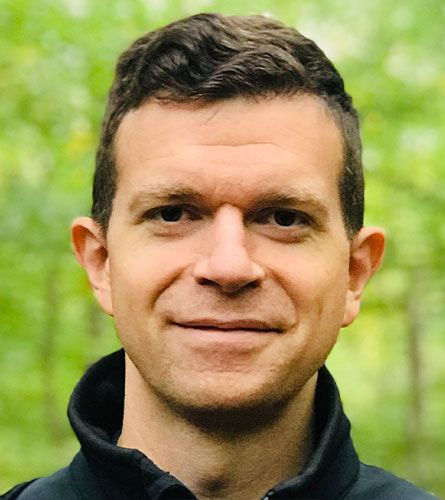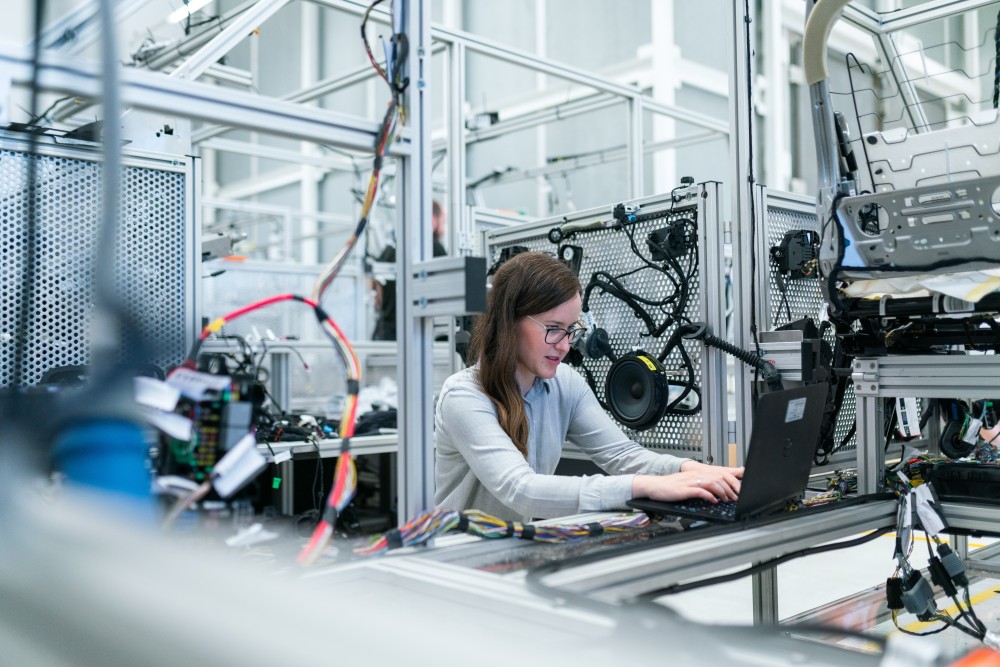There is often confusion between data science and decision science. Although both fields rely on scientific methods, they have a very different purpose and application. While the goal of data science is understanding, interpreting and analysing data in order to optimise products and processes, decision science aims to improve decision making and the performance of human decisions while taking into account cognitive biases.
Yes, it may still seem a bit vague. This is why we invited Alberto Barroso, Global Head of Decision Science at Tetra Pak, to square away what decision science is and how it is used. Alberto will explore Optimizing the Decision Science Portfolio at the NDSML Summit 2021 and share his experience with managing Tetra Pak’s portfolio and key lessons learned.
Hyperight: Hi Alberto, we are really excited to have you as a speaker at the NDSML Summit 2021. Let’s start off with a few words about yourself, your background and your role at Tetra Pak.


Alberto Barroso: Hi Ivana, many thanks for having me. I’m an Industrial Engineer with a Master’s in Supply Chain, Quality and Financial Research and a PhD candidate in Statistics and Operations Research. I’ve worked in management consulting with a focus on decision sciences for 16 years in different industries Energy, Products, Retail, Financial Services, OEM’s and Health.
My role in Tetra Pak is Global Head of Decision Science. I lead a team of 20 Data Scientists here in Lund (Sweden). Our focus is to improve decisions by using a scientific method—this our 3rd year in the company. We are driving our 2030 Strategic capability pillar Leverage Advanced Analytics.
Learn more about the NDSML Summit
Hyperight: Your NDSML Summit session will focus on Optimizing the Decision Science Portfolio. Could you please clear the air as to the difference between data science and decision science?
Alberto Barroso: Sure, data science is a broad topic that englobes the use of scientific methods, processes, and algorithms to extract knowledge from data. While Decision Science is the discipline of improving decision-making by leveraging scientific methods and understanding cognitive biases. Let me give you an example: Imagine that you need to increase the acceptance of a vaccine that creates a 90% immunity for 2 years. Your vaccine is already developed, tested, approved and it works! You will not just focus again on your vaccine, right? You would like to understand how to trigger a positive response from the people. That is a Decision Science challenge.
When you develop a model to improve a decision, you need to consider always how we humans will interact with it. The objective is to maximise the performance of decisions taken by a human enhanced with a tool, an algorithm. For this reason, the understanding of our cognitive bias is crucial. This is very connected to behavioural sciences.


Hyperight: One of the points in the session will be The Decision Science portfolio problem. What are the challenges in creating a Decision Science portfolio?
Alberto Barroso: The typical challenge about a portfolio is how to maximise value over time and minimise risk. For this reason, you need a process; this is about fast and focused iterations. I’m going to talk about the scientific approach we’ve developed in Tetra Pak to manage our portfolio, key lessons learned and next steps.
Let me come back to the pharma industry analogy. Developing models is very close to developing a new medicine, from pre-clinical studies to phase 1, 2 and 3 of clinical trials. The objective is to manage uncertainty, both value and costs. Our Decision Science journey is very similar. When you start working on a Proof of Value, you just know a decision challenge, a guesstimate of the value-added and a Probability to succeed in this journey. I’ll talk about a mathematical formulation for this problem and how to further use predictive models to maximise productivity.
Hyperight: As a brief wamp up to the Panel you will be leading, what are the challenges and opportunities with Data Science and Machine Learning in manufacturing?
Alberto Barroso: Mitigate climate change, preserve biodiversity, and implement the circular economy — these are our challenges. That’s why our strategy is focused on sustainability, producing with less to contribute more to our Planet. Our ambition is to deliver the world’s most sustainable and safe food package.
Some examples of Data Science opportunities are energy and waste minimisation, quality, and design to value. This is not about just our internal decisions. Our challenge is to transform the entire value chain. Here is where we see the opportunity. Science is the best way to drive sustainable operations.


Hyperight: To wrap up our discussion, what trends do you expect to see in DS and ML in the near future?
Alberto Barroso: From a technical point of view, I see Language and Image interpretations growing exponentially. For instance, transformers have enabled a significant improvement in classification accuracy. I see in the short term the application to other recommendation engines.
From an ethical perspective, seeing the challenge of regulation, it seems that we are still living in the wild west when it comes to data monetisation. I see the application of a stronger regulatory framework that ensures individual freedom and enables market competition.















Add comment